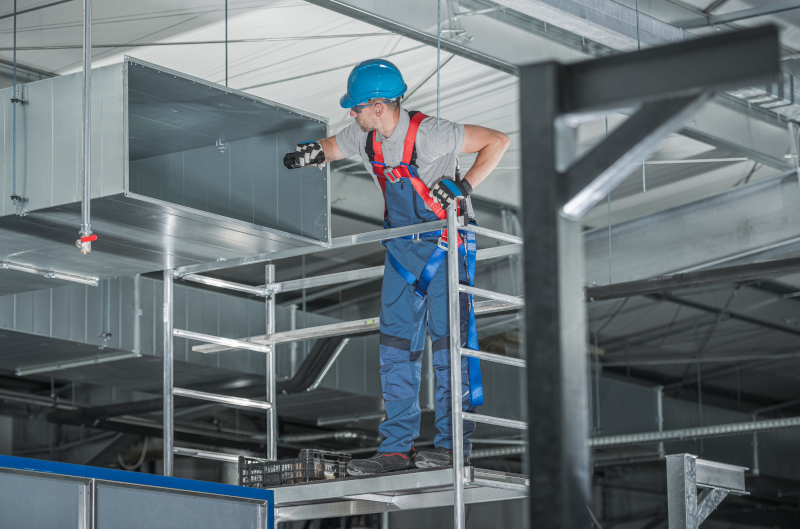Blog
The Future of Air Quality
Air quality and climate seem to be a hot topic as of late, but how can we maintain quality air and proper ventilation in buildings without breaking the bank, or the planet? According to HVAC Informed proper ventilation indoors can be achieved and can be energy efficient.
Traditionally, buildings were designed to exhaust air at multiple points. Those points include everything from doors and windows to seams in the building. The problem is that’s a horribly inefficient way to regulate air exchanges and doesn’t allow to effectively manage – or increase – the airflow into and out of the building. With that methodology, the thinking was to keep the air in the building to avoid having to reheat or recondition fresh air coming in from the outside – and therefore keep energy costs down. Then, the pandemic hit. Whether it’s ASHRAE or the Centers for Disease Control and Prevention, credible agencies have stated that improving indoor air quality plays a role in reducing illness caused by airborne pathogens. With an increasing focus on having “cleaner” air inside facilities, engineers, facility managers, and others have been tasked with figuring out how to do it in the most effective way possible. Here’s where energy recovery ventilation becomes so important. Integrating energy recovery into your HVAC system allows you to recycle 70 to 80% of heat or cooling from the air leaving the building. The recovery system then transfers that energy into the fresh air entering your building. Voila. This alone will drop energy costs by roughly 40%, making ventilation viable for you.


